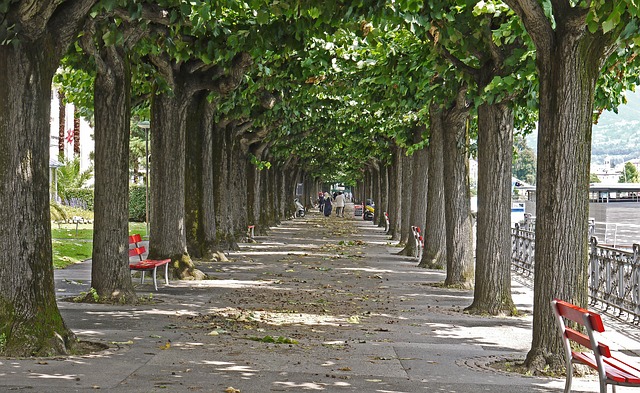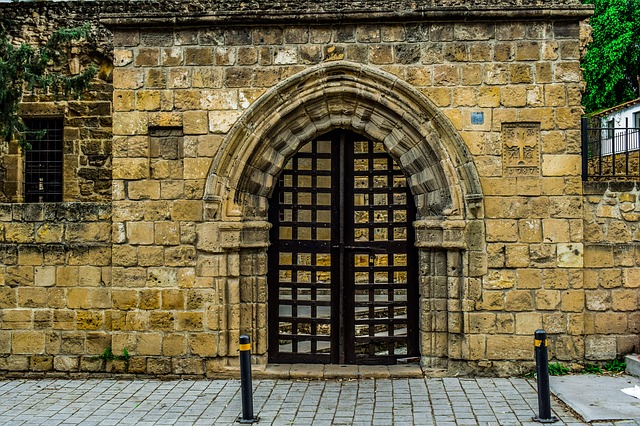In the previous post I discussed my epic pursuits before and during retirement. This discussion covered research/writing, tennis/ pickleball, social networking and overseas travel. I explained that overseas travel was now beyond me not only because of the rigours and length of overseas flights from Australia but also the fragility of my back (with osteoporosis and multi-level disc degeneration). Another impediment is food allergy/sensitivity brought on by my MCAS chronic illness.
Domestic travel related to study
While I was born in Victoria, I moved to the warmer climate of Brisbane with my family when I was about 5 years old (owing to four siblings having asthma). I undertook my schooling in Brisbane and matriculated in 1963.
Residing in Sydney and Melbourne
I joined the Carmelite Order in 1964, residing during this first year in Old Toongabbie, Sydney (later known as Winston Hills). The dairy-farm based Novitiate provided a range of experiences including study and working on the farm. The latter included clearing Lantana and building barbed-wire fences to house the cows in paddocks.
Following this first year, I then progressed to the Whitefriars Monastery in Donvale, Victoria where I undertook my studies of philosophy and theology. During my four full-time years in the seminary I studied extensively and successfully, worked on the dairy farm, maintained the accounts of the seminary and enjoyed a range of sports including tennis, weight-lifting and social Australian Rules (played against local parishes and colleges).
At the end of each year, we would spend 4 weeks at the college’s holiday house at Portsea on the Mornington Peninsula. While we were there we swam daily in the Bay, played badminton and enjoyed walks to Sorrento. We were also able to play golf frequently at the stunning Portsea golf course with views over Port Phillip Bay and Bass Strait.
I was in Portsea in 1967 when Harold Holt, Prime Minster of Australia disappeared from Cheviot beach while swimming in a turbulent inlet surrounded by rocks. I recall the helicopters and sirens on the day of his disappearance – the quietness and calm of this bayside/seaside location was punctuated by the frantic search for the Prime Minister.
Domestic travel while working for the Australian Taxation Office
After leaving Whitefriars Monastery and the Carmelite Order in 1969, I returned to live in Brisbane where I joined the Australian Taxation Office (ATO) as a base grade clerk, rising to Senior Executive level over the 13 years while I was employed by the organisation. One of my more memorable work-related, domestic trips was to Leura in the Blue Mountains where I spent 2 weeks participating in a national executive training program organised by the ATO.
During my work in the ATO, I was heavily involved in computer systems design and implementation, auditing and fraud detection. My associated travel included 6 weeks at Centrepoint in Sydney, a week at Scarborough Beach in Perth (national system design workshop) and 3 months working in Canberra. I would also take monthly trips to Canberra while working on several national projects associated with the design of the Central Taxation System (CTS) and security of the central computer installation. In the final stages of my involvement in systems design, I travelled to Adelaide to assist with conversion of the South Australian Office of the ATO to the new Central Taxation System (CTS).
Travel associated with my roles in developing action learning and action research
After working in the Australian Taxation Office, I joined Griffith University as a Lecturer in Human Resource Management and Organisational Behaviour. Associated with this role was my time as President of the Action Learning and Action Research Association and my international travel as well as occasional trips to Sydney and Hobart.
Domestic travel in a National TAFE role
Following my resignation from Griffith University in 1999, I worked on a consultancy basis for four years (2001-2004) as National Change Manager for the conversion of TAFE (Technical and Further Education Colleges) in Australia to online learning and teaching. My role entailed assisting 8-10 Senior TAFE managers each year to develop a whole-of-organisation change management plan to enable the design and implementation of online learning and teaching. This work took me to conferences and workshops in Sydney, Melbourne and Adelaide.
Manager development consultancy
After working fulltime in our own Human Resource Consulting business based in Brisbane (2005-2006), I joined Julie Cork on a Consulting basis. During our extensive collaboration over 17 years (2007-2023), we co-facilitated action learning-based, longitudinal (3-6 months), manager development programs for managers in the Queensland Public Service and the Not-For-Profit Sector. These workshops took us from Roma (far West) to Cairns (far North). Our travels throughout Queensland included conducting programs in Toowoomba, Ipswich, Marburg, Caboolture, Mooloolaba, Gold Coast, Gladstone, Rockhampton, Mackay, Bundaberg, Emerald and Townsville.
Freelance academic
In 1985, I had also joined the Gibran Management Centre (later the Australian Institute of Business – AIB) as an adjunct academic/Professor. This entailed roles in course design, and student assessments, Academic Board member, supervisor and examiner of postgraduate theses, supporting ongoing accreditation under the Australian Qualifications Framework and Chair of the Research and Higher Degrees Committee. This varied work in an adjunct capacity (undertaken over 32 years) involved multiple trips each year to Adelaide and resulted in the award of Emeritus Professor following my resignation in 2017.
Over several years, I worked as an Associate Professor (in an adjunct capacity) for the International Management Center (UK), conducting action learning based programs in Brisbane, the Gold Coast and Port Moresby (New Guinea). I also had a role as an Associate Professor with the Southern Cross University which took me to Lismore, new South Wales on several occasions.
Non-work based domestic travel
For the purposes of ease of discussion here I have included New Zealand travel as domestic travel (flight time from Brisbane to Auckland is 3 hours, 15 minutes; whereas flight time to Perth is 5 hours, 20 minutes). My family and I have travelled to New Zealand on two occasions taking in Auckland, Rotorua, Queenstown, Kaikoura, and the Bay of Islands (where we enjoyed a stunning kayak adventure).
Over the forty years of our marriage, my wife and I have managed multiple trips to Sydney and Melbourne and over the last few years visited Perth and the Margaret River region, the Blue Mountains (Katoomba), Canberra, Tasmania (Hobart, Bruny Island, Launceston and Freycinet National Park – incorporating Wineglass Bay).
My travel goals during retirement are now focused on the following:
- Brunswick Heads (Northern NSW)
- Stanley, North West Tasmania
- Leura, Blue Mountains
- Hahndorf, Adelaide Hills.
Reflection
While I miss the opportunity to travel overseas, I can reflect very positively on my numerous travel experiences within Australia, on both a work and non-work basis. I was very fortunate to have these opportunities and the support that they involved. I look back now and appreciate what I have been able to achieve and look forward to further domestic travel in my retirement years.
As I grow in mindfulness through several mindfulness practices I undertake, I have a strong sense of gratitude and clearer insight into what has helped me to achieve my goals in life. Mindfulness practices like Tai Chi can not only provide clarity and understanding but also build the physical strength and resilience to continue my travel and pickleball pursuits.
________________________________
Image by Julian Hacker from Pixabay
By Ron Passfield – Copyright (Creative Commons license, Attribution–Non Commercial–No Derivatives)
Disclosure: If you purchase a product through this site, I may earn a commission which will help to pay for the site, the associated Meetup group, and the resources to support the blog.





